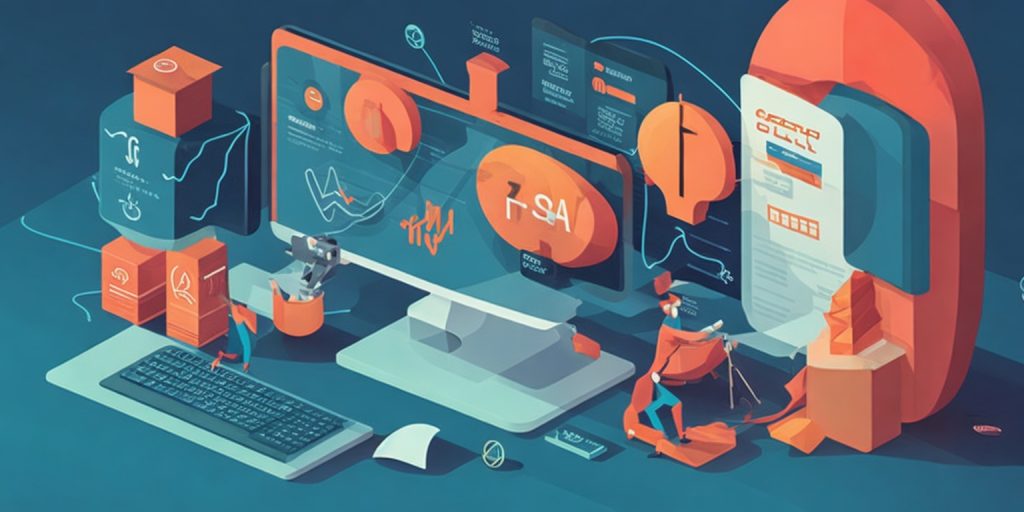In the world of web application development, Ruby on Rails has emerged as a powerful framework that has transformed the way developers build robust and scalable web applications. With its elegant syntax and convention-over-configuration philosophy, Ruby on Rails (RoR) offers developers a highly productive and efficient environment to create feature-rich applications.
One of the key advantages of Ruby on Rails is its emphasis on developer happiness. The framework’s intuitive nature allows developers to focus on the unique aspects of their applications, rather than getting bogged down by repetitive tasks and boilerplate code. With RoR, developers can quickly prototype ideas and iterate on them rapidly, saving valuable time and effort.
Ruby on Rails follows the Model-View-Controller (MVC) architectural pattern, which promotes a clear separation of concerns and enhances code maintainability. The framework’s built-in ORM (Object-Relational Mapping) layer, ActiveRecord, simplifies database interactions and eliminates the need for manual SQL queries, reducing the risk of SQL injection attacks.
Another notable feature of Ruby on Rails is its extensive collection of open-source libraries, known as gems. These gems provide ready-made solutions for common functionality, such as authentication, file uploading, and caching, enabling developers to accelerate development without reinventing the wheel. The vibrant Ruby on Rails community actively contributes to the development and maintenance of these gems, ensuring a constantly evolving ecosystem.
Ruby on Rails also excels in terms of testability. The framework embraces the practice of Test-Driven Development (TDD) and includes robust testing tools, such as RSpec and Capybara. By writing tests first, developers can ensure the reliability and stability of their applications, enabling faster detection and resolution of bugs.
Furthermore, Ruby on Rails promotes the use of RESTful APIs, making it an excellent choice for building web services and APIs. The framework’s built-in support for JSON serialization and deserialization simplifies the process of exchanging data between client and server, facilitating seamless integration with frontend frameworks and mobile applications.
With its emphasis on convention, Ruby on Rails also promotes collaboration among developers. The framework’s standardized directory structure and naming conventions make it easy for new team members to understand and contribute to existing projects. This streamlined approach enhances productivity and enables smoother project management.
In conclusion, Ruby on Rails has transformed web application development by providing developers with a powerful and efficient framework. Its focus on developer happiness, adherence to best practices, extensive library support, and emphasis on collaboration make it an excellent choice for building innovative and scalable web applications.
Discover the transformative power of Ruby on Rails for your web application development needs. Contact new.globus.studio/ today to harness the full potential of this revolutionary framework and build exceptional web applications that exceed expectations.

